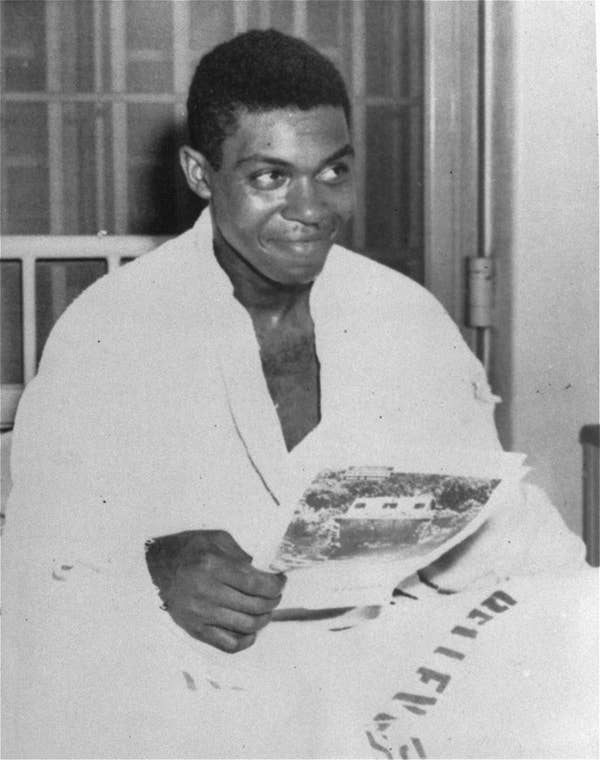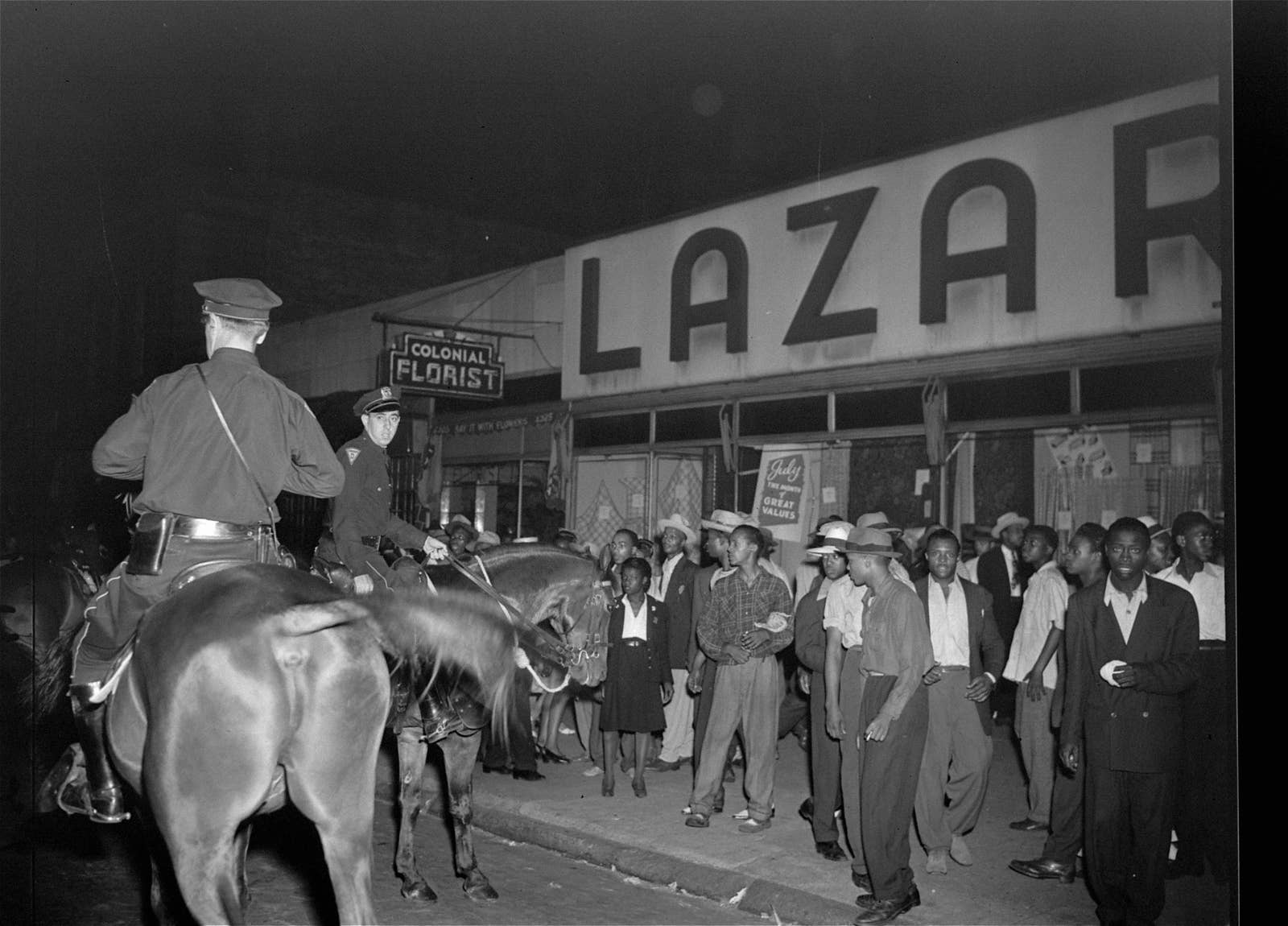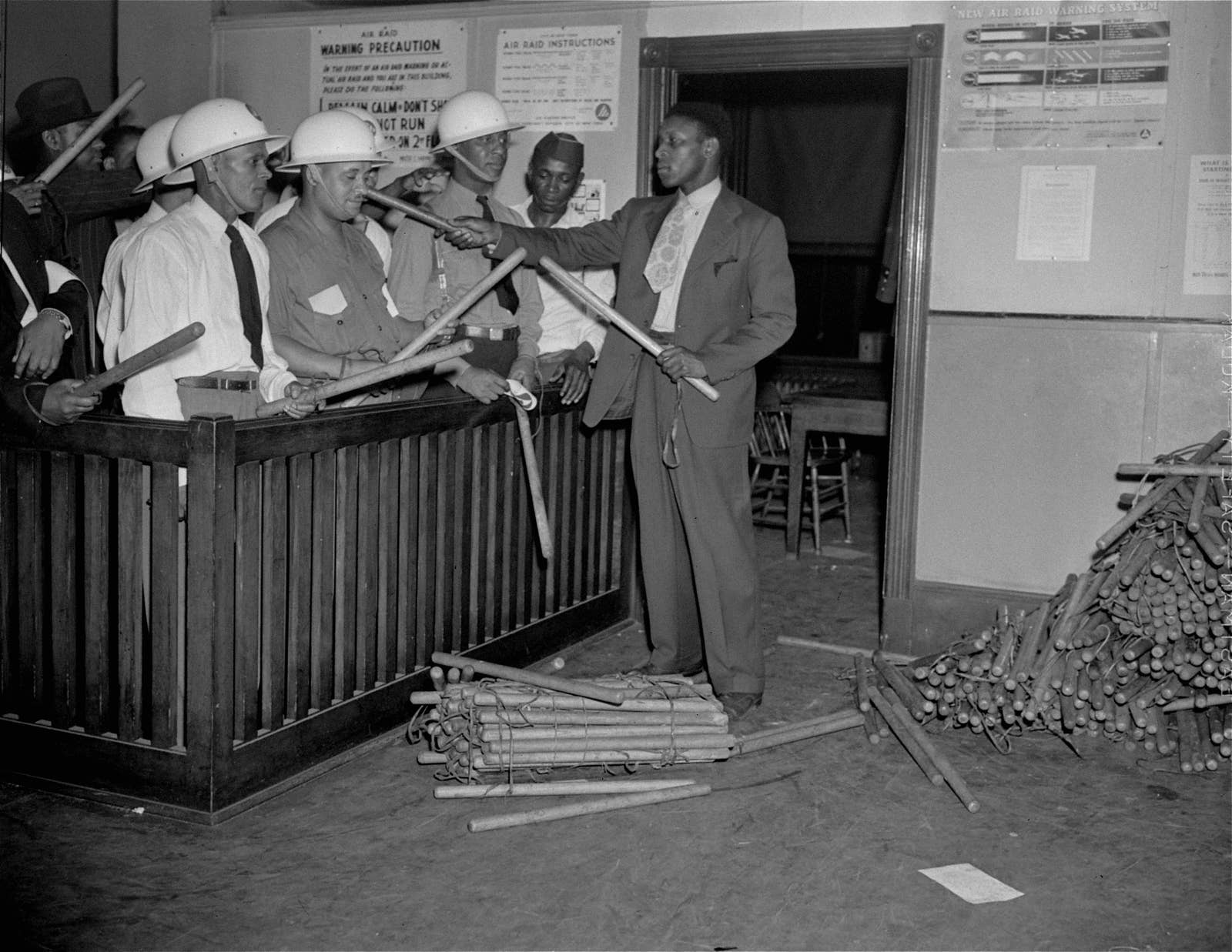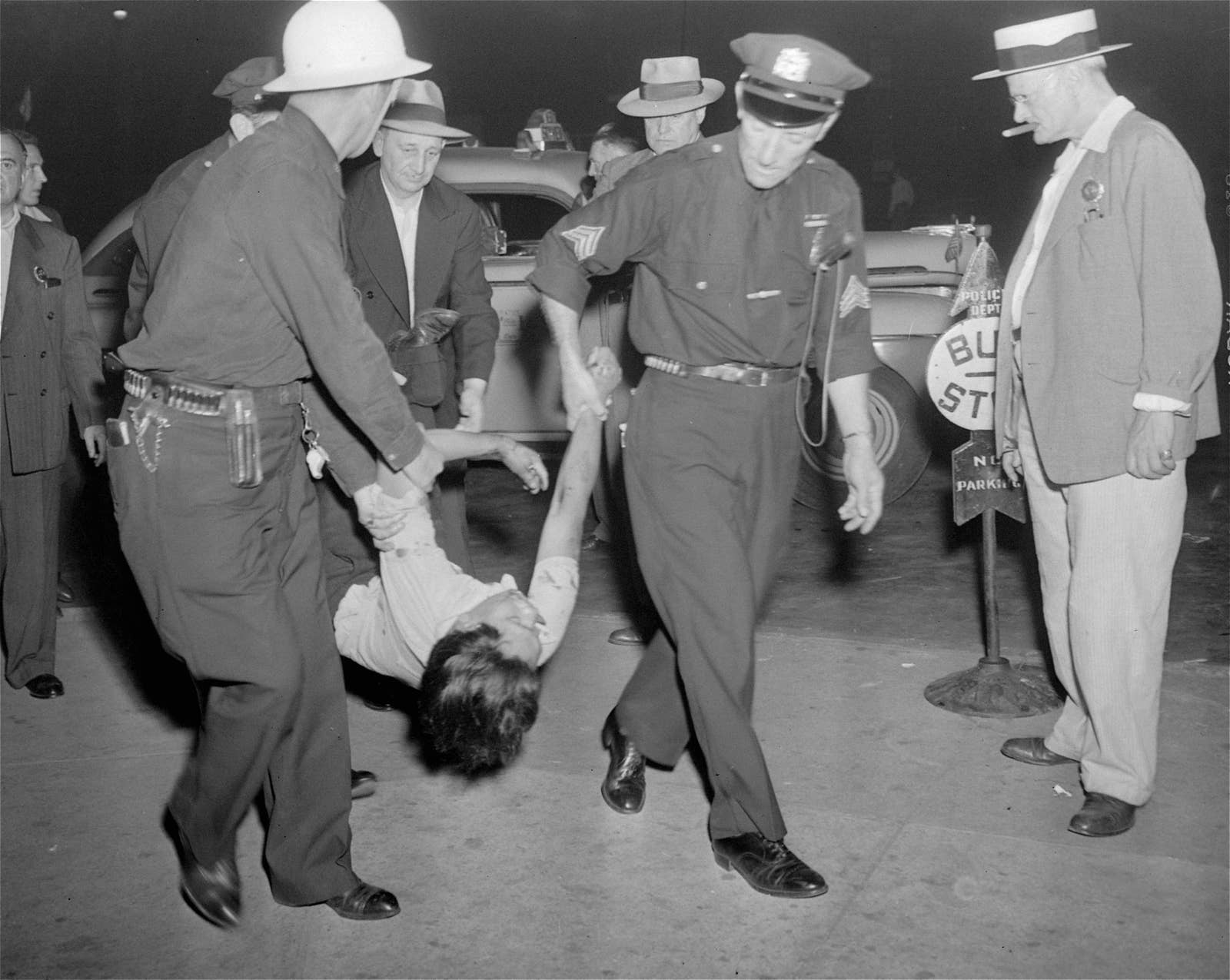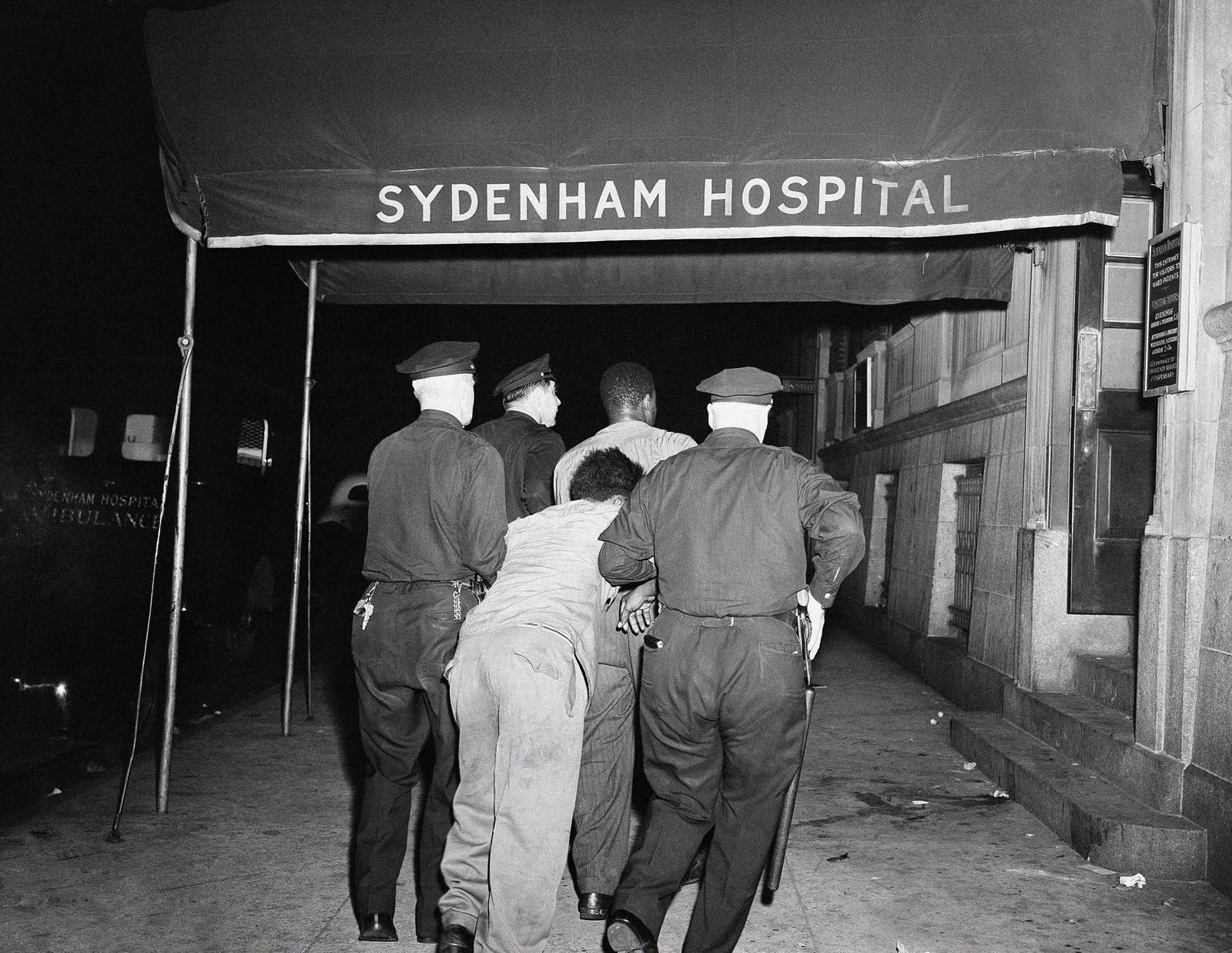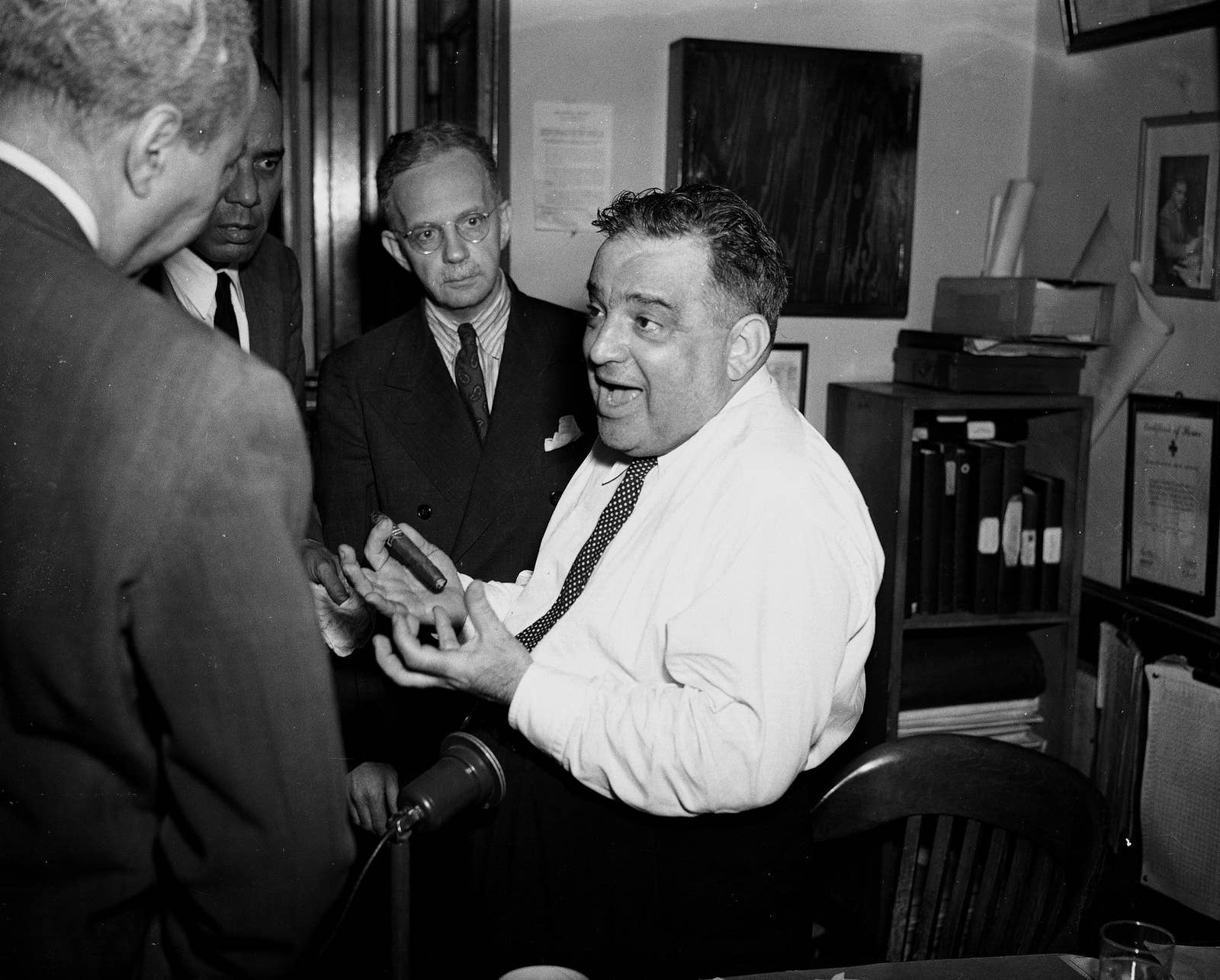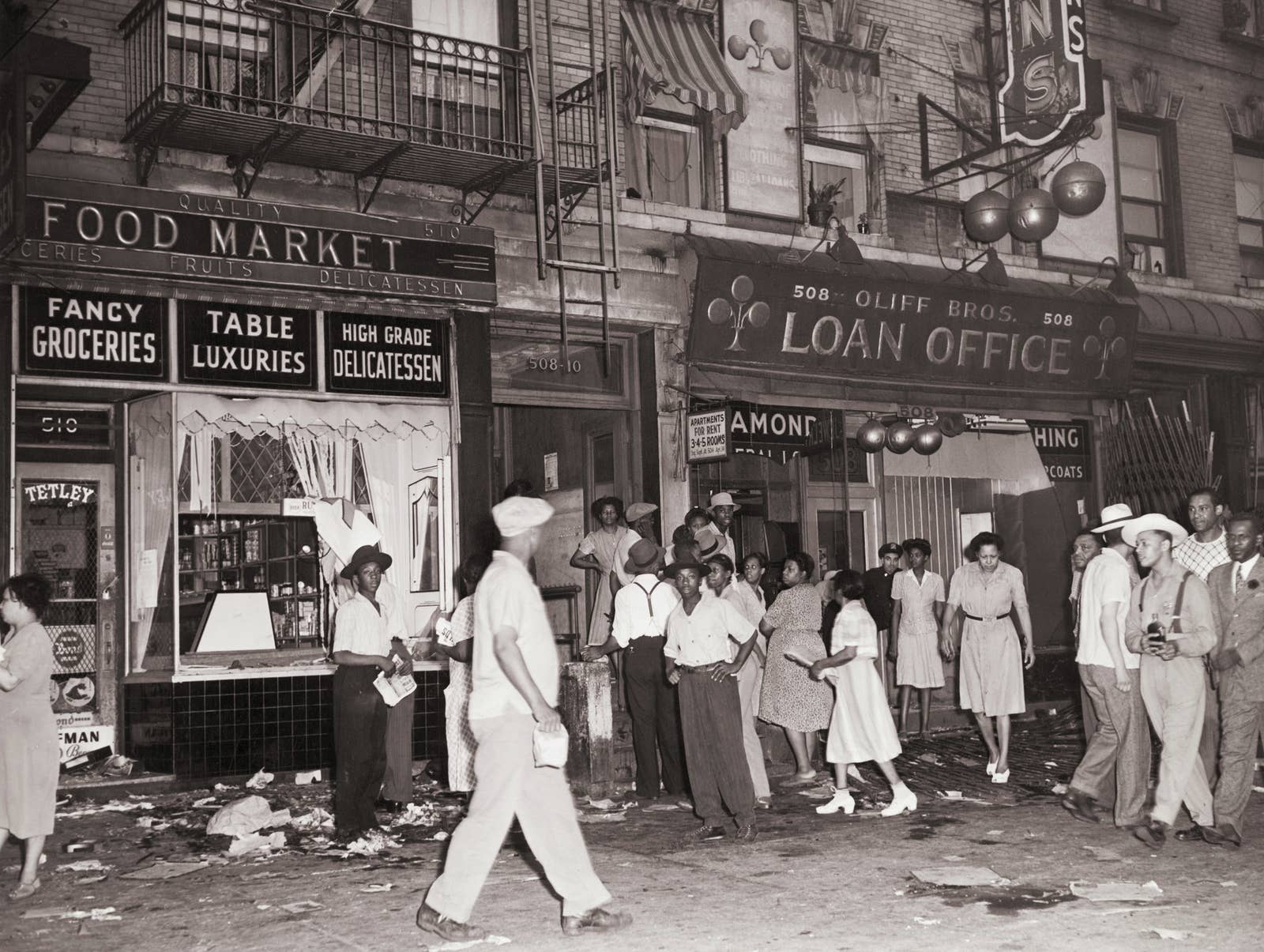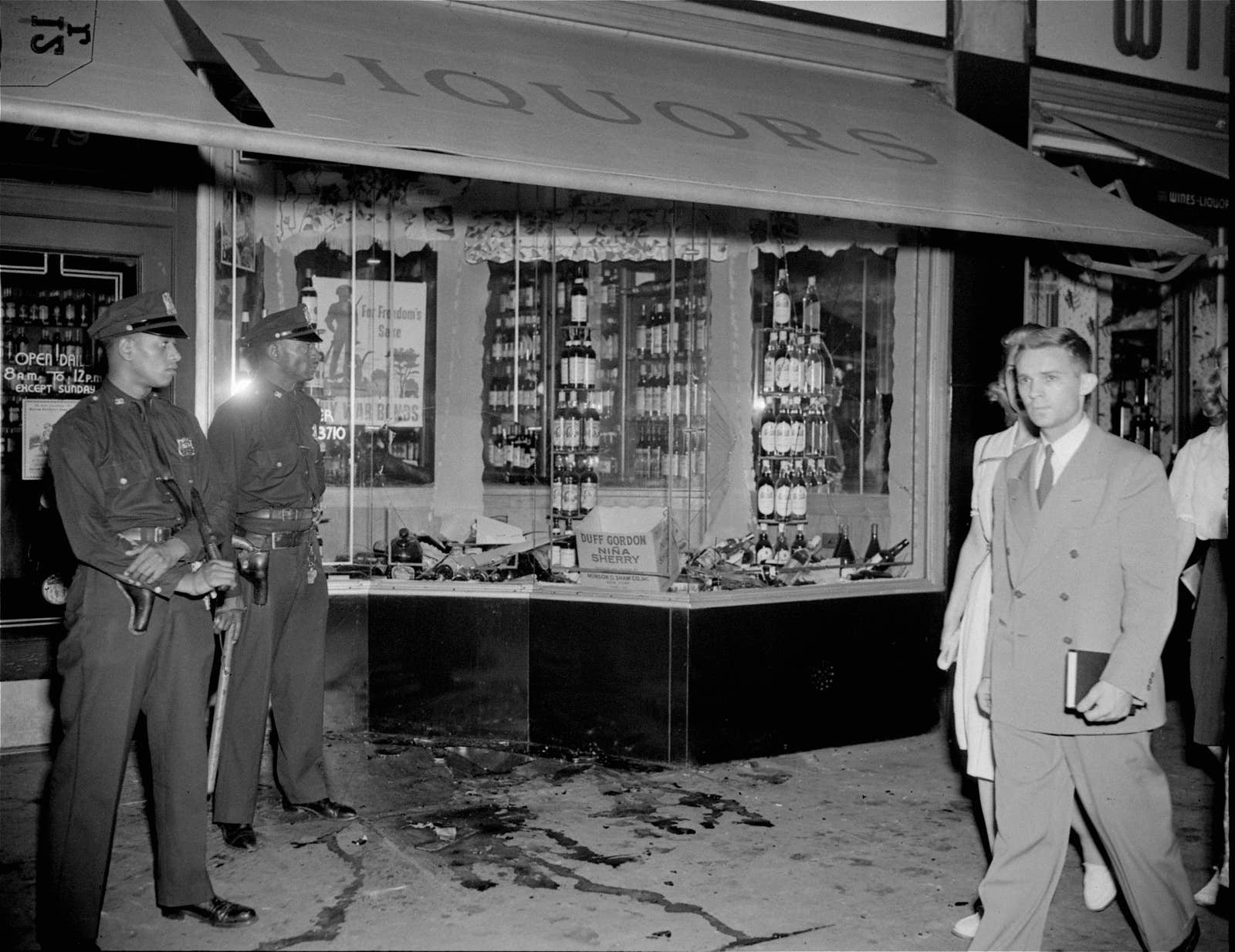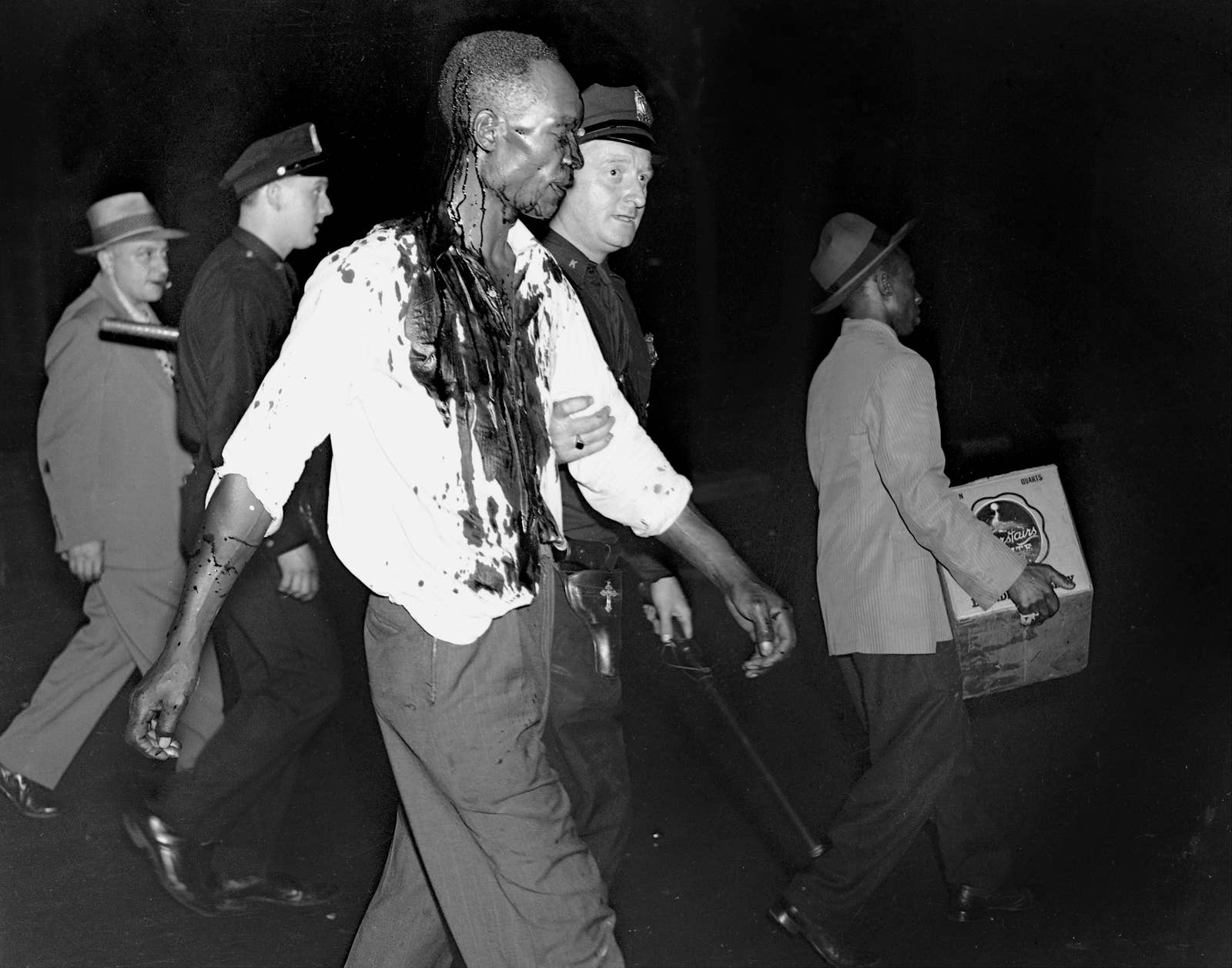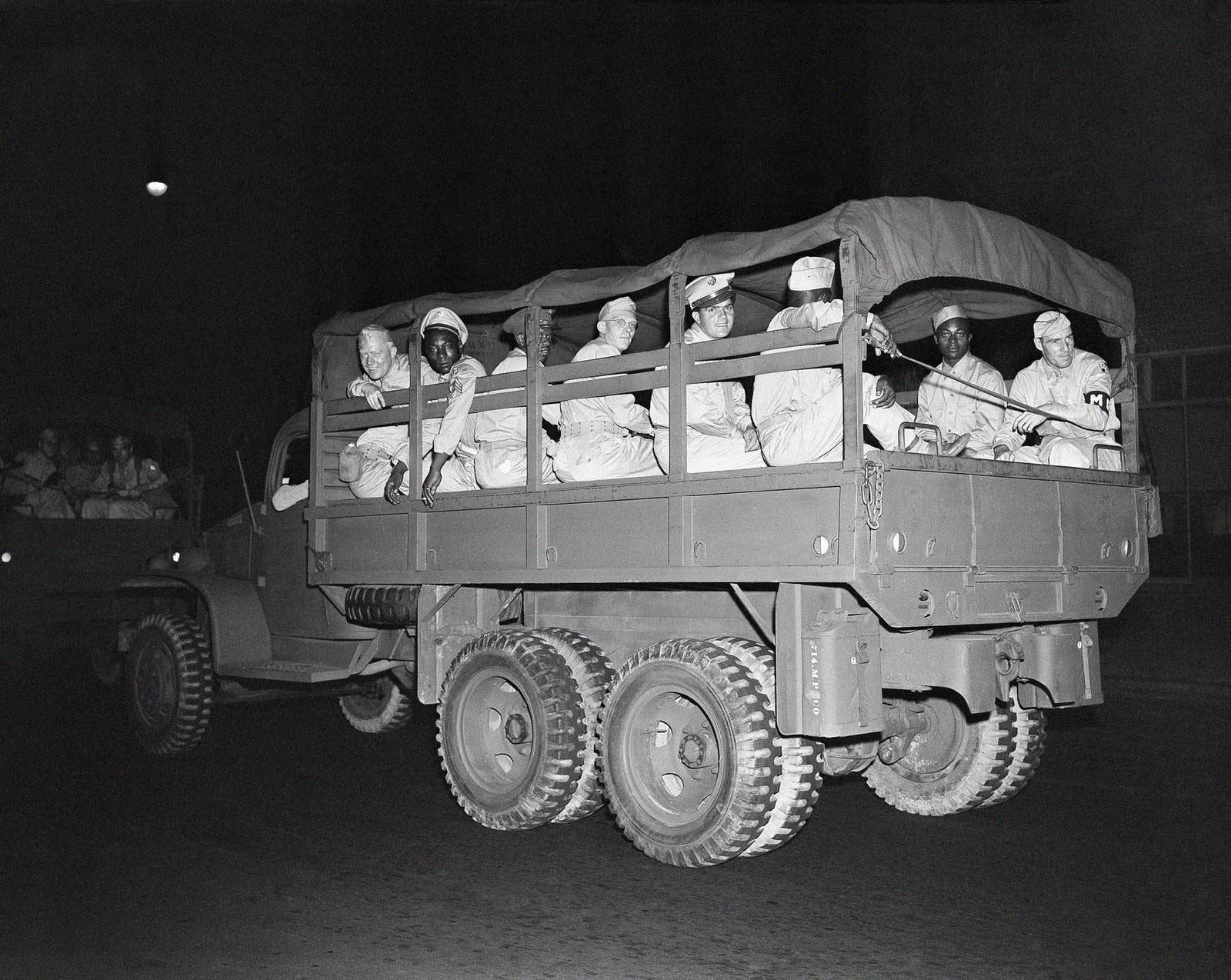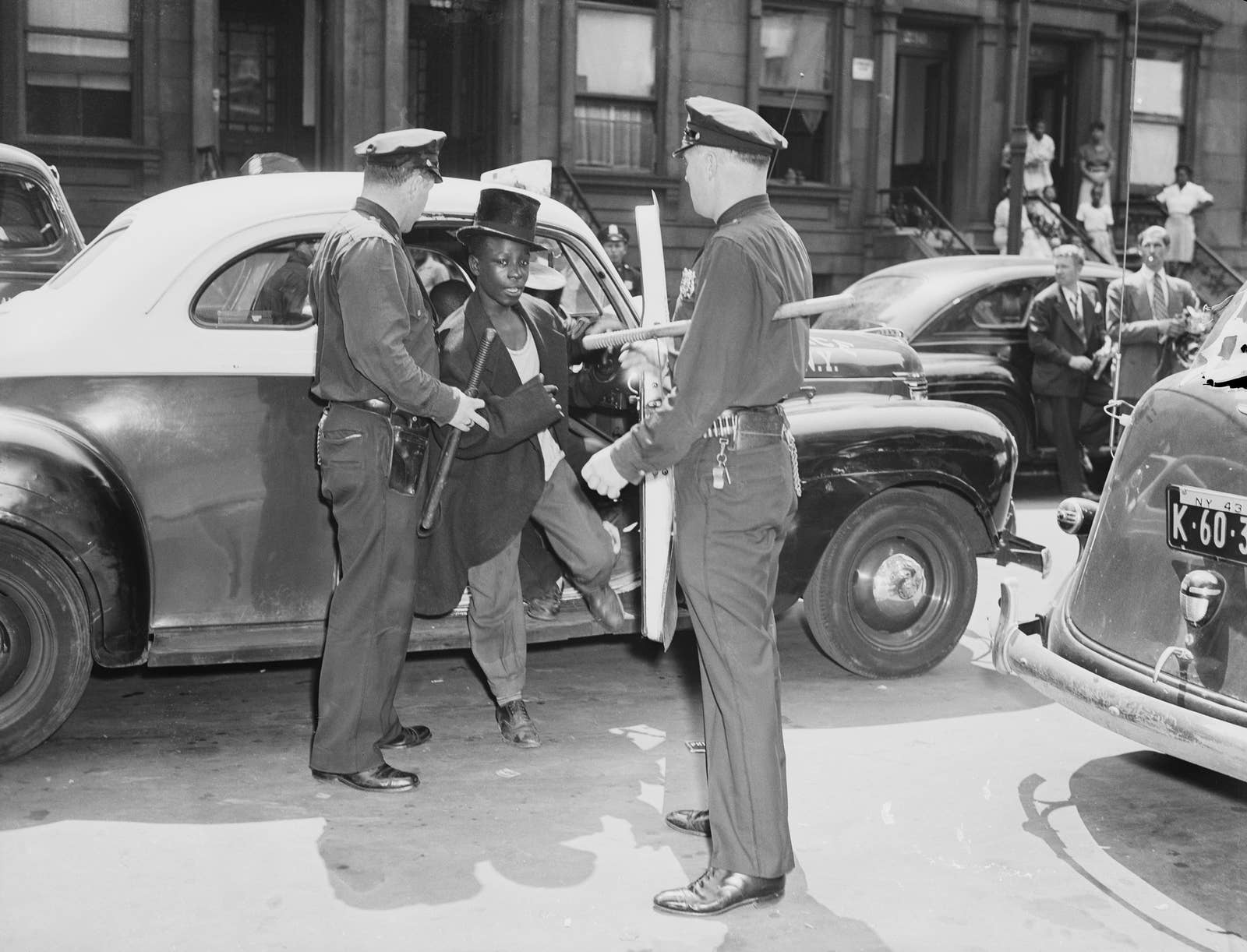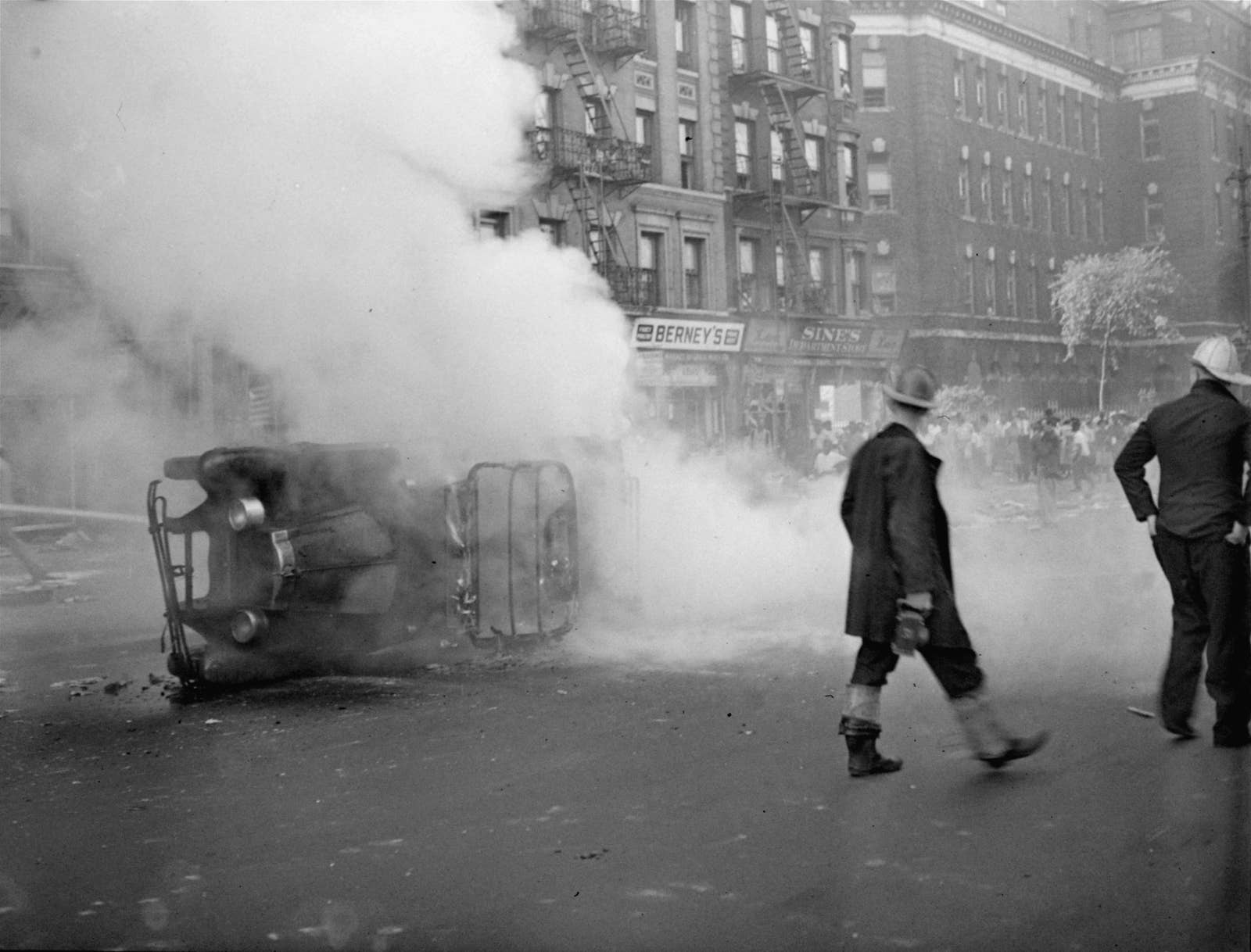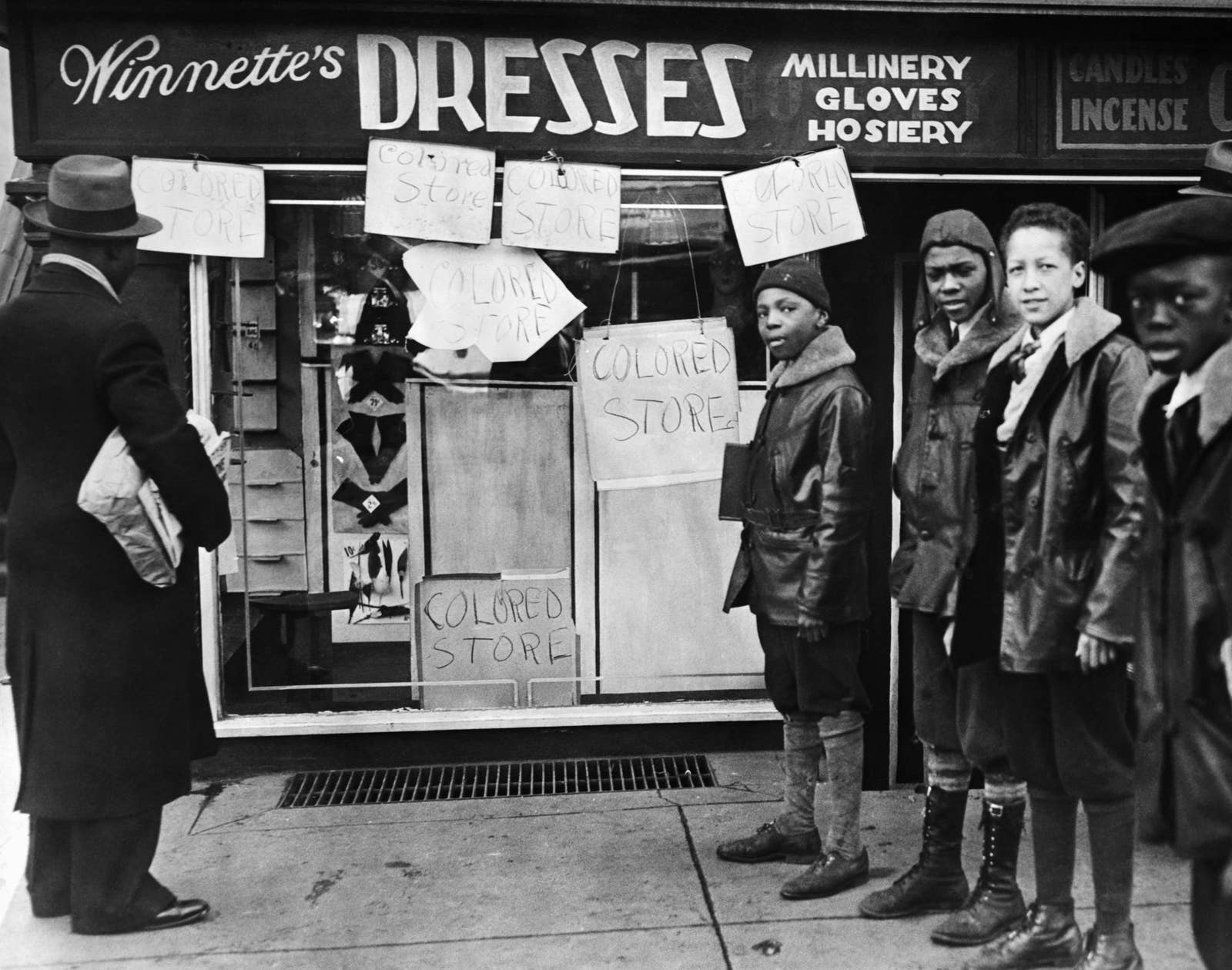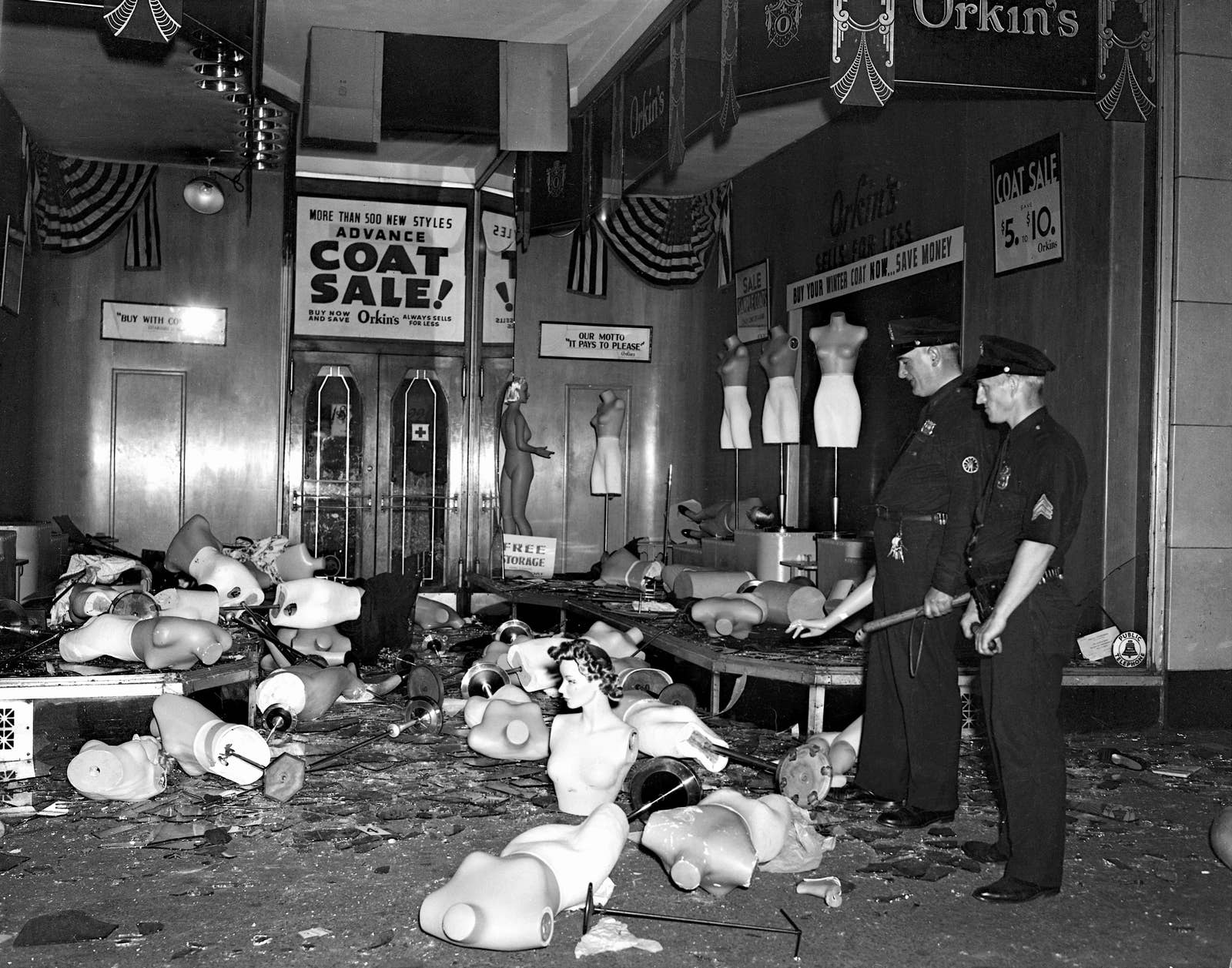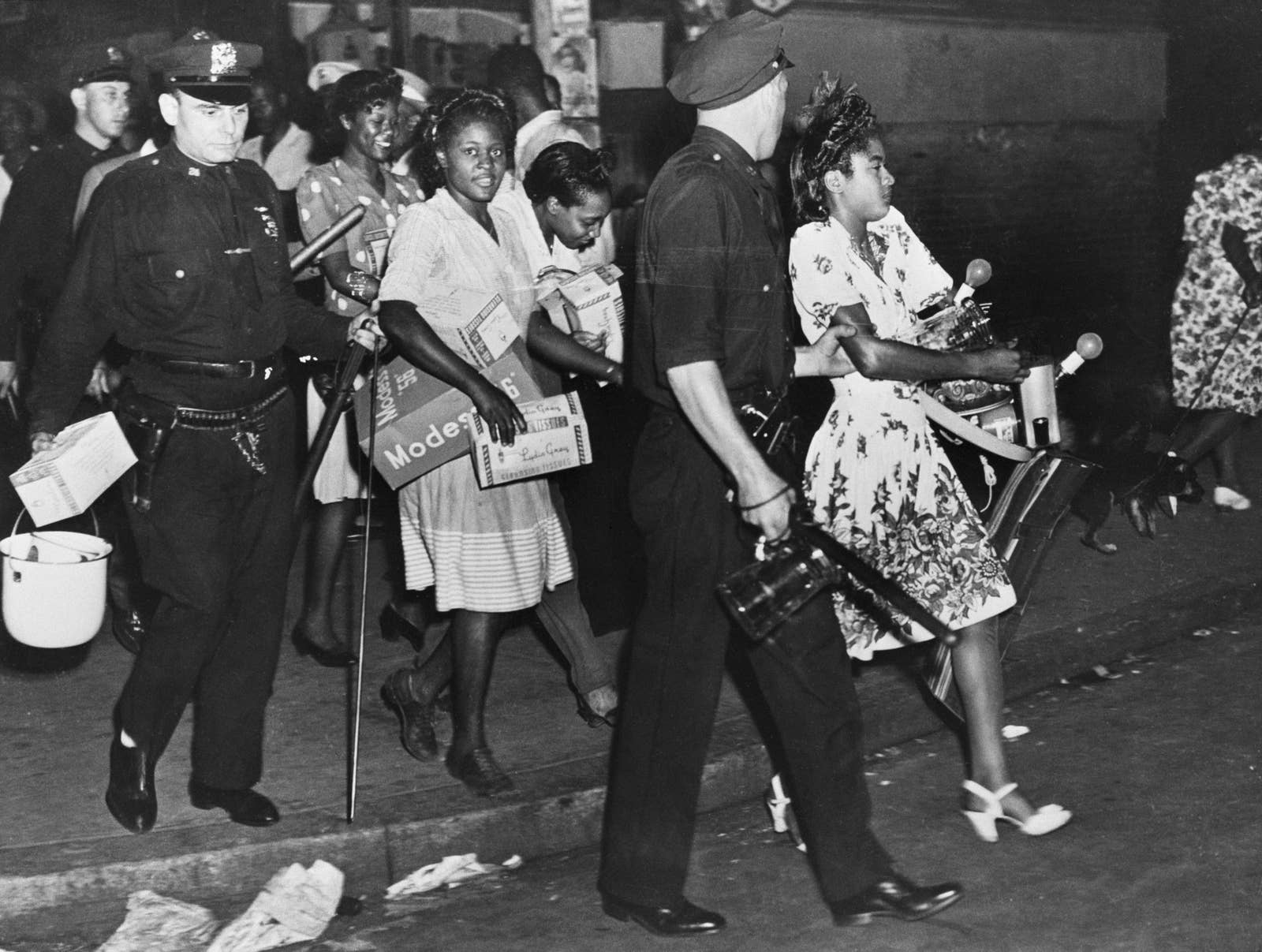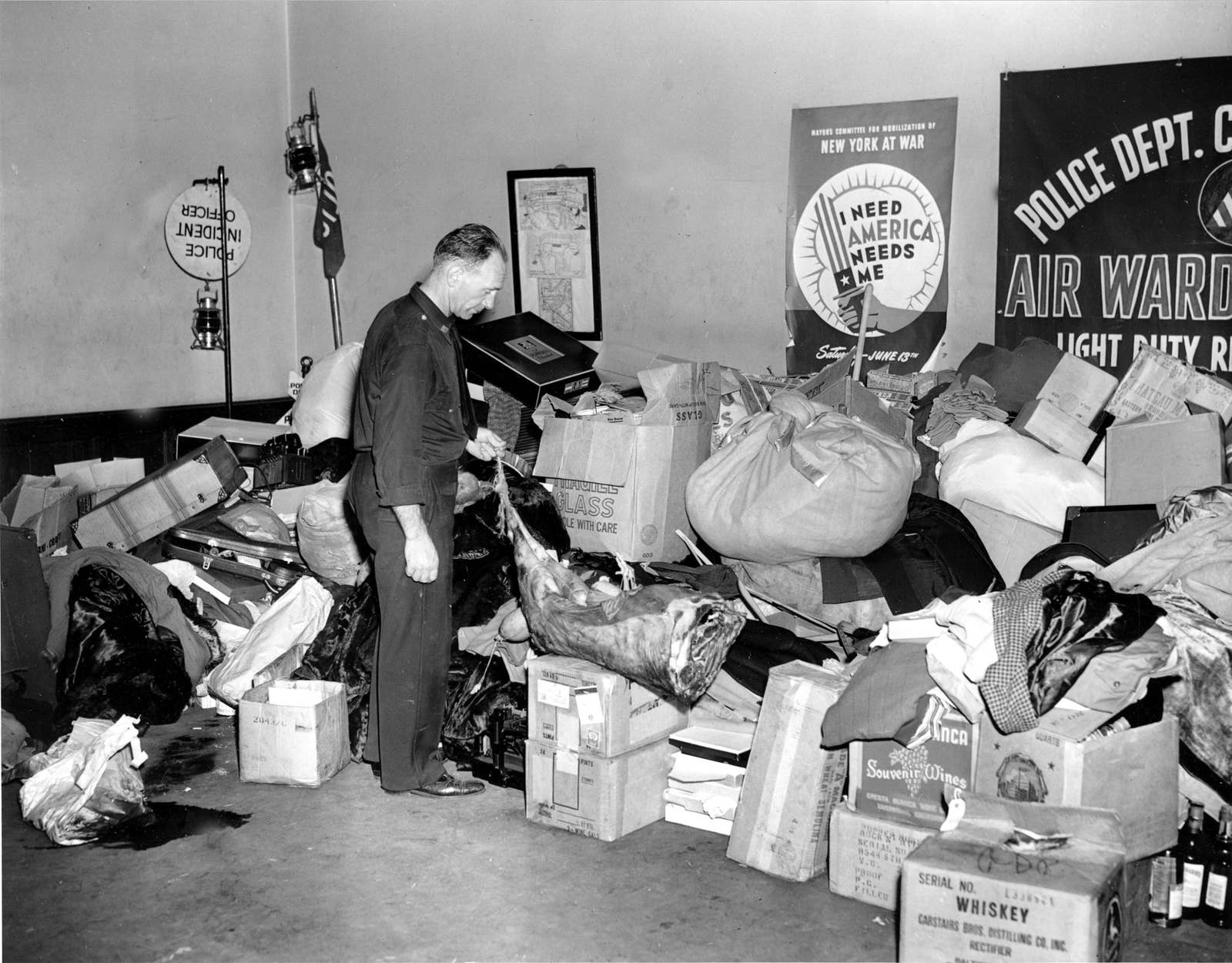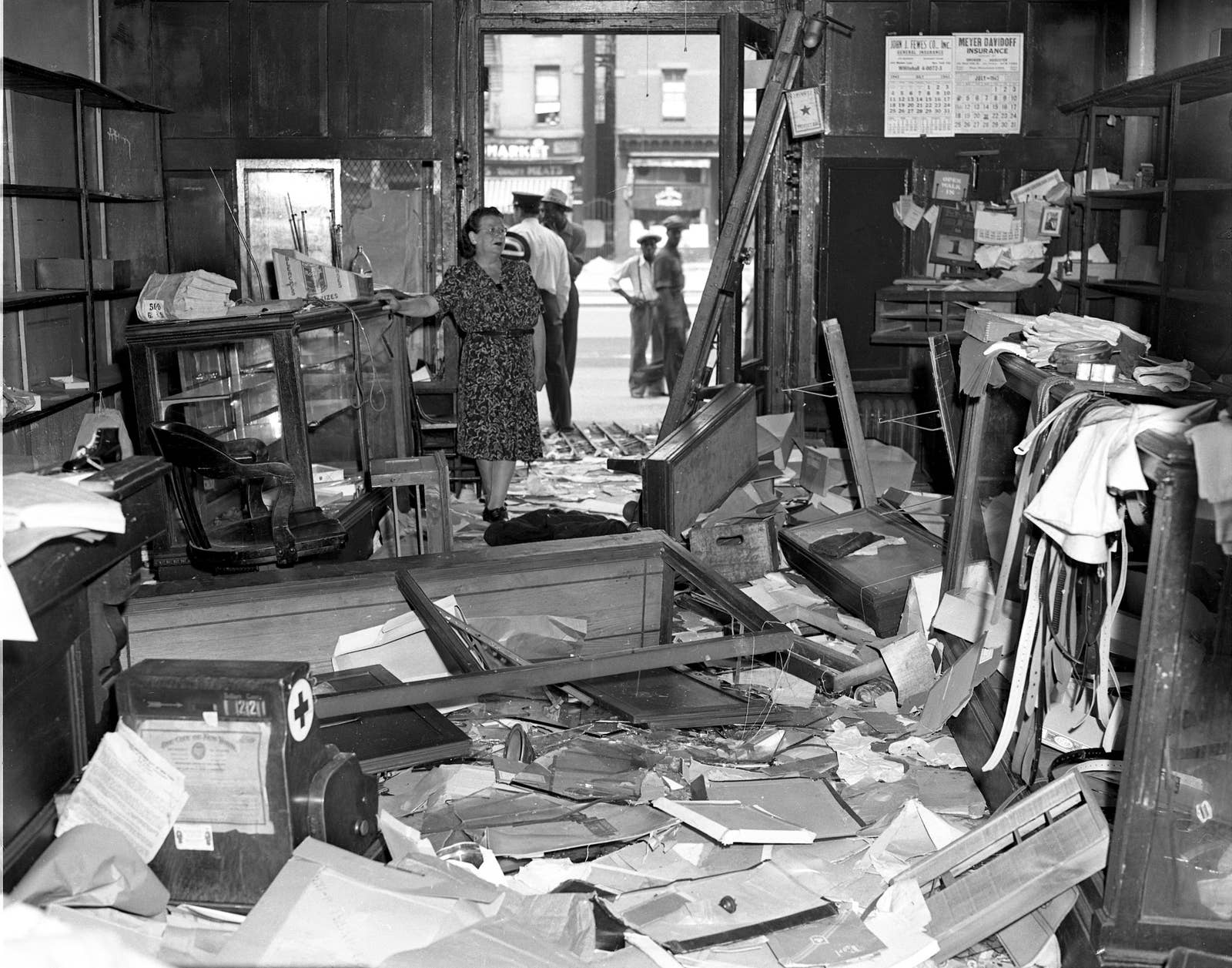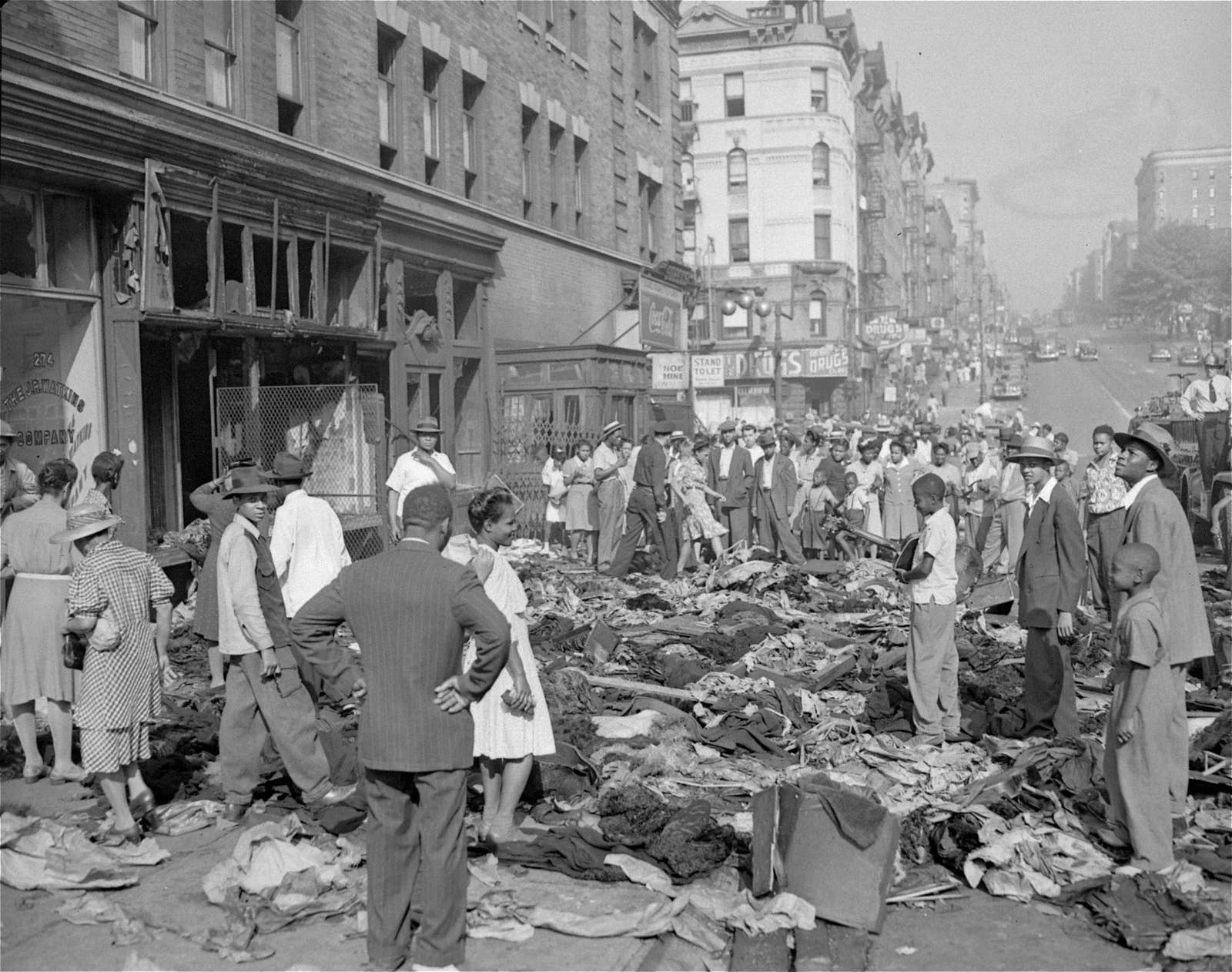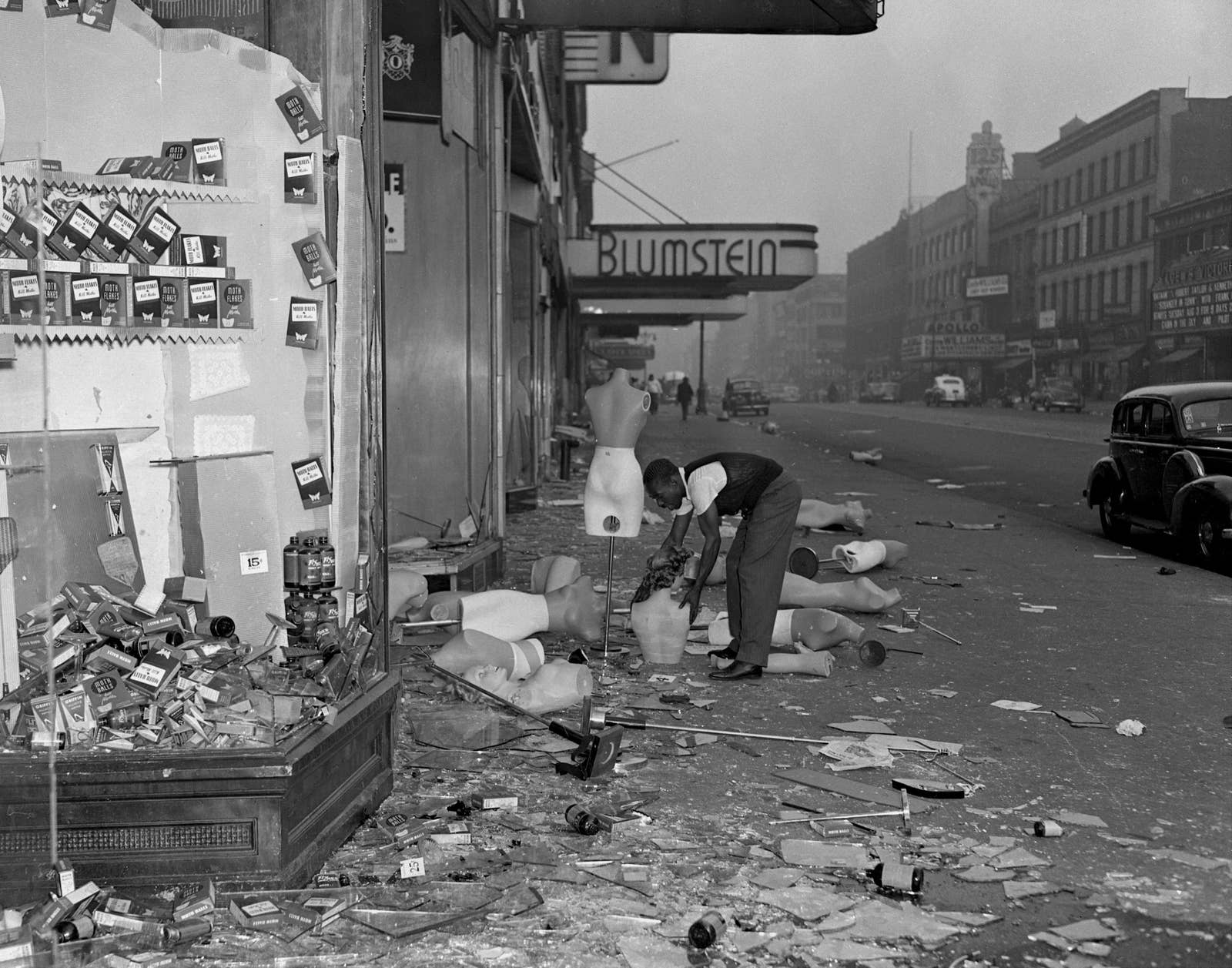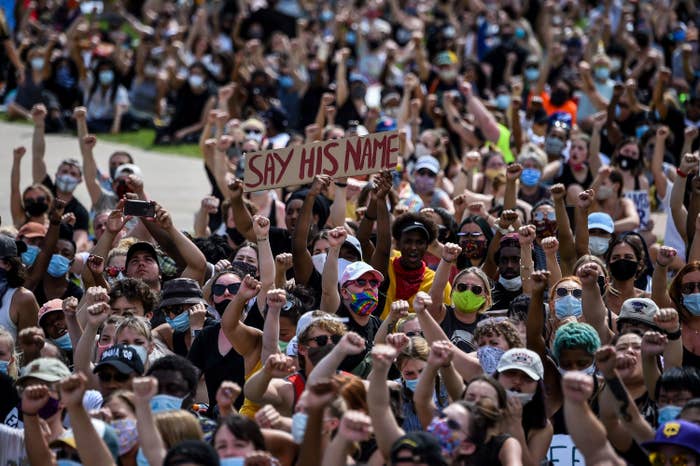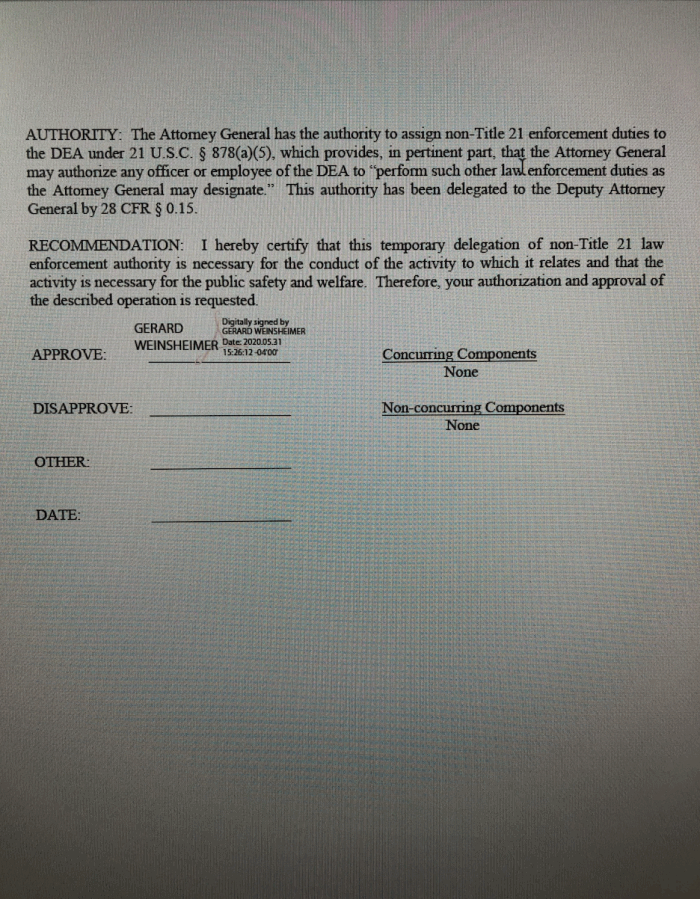
AFP / JOHN THYSLewis Hamilton said the problem of racism was not confined to America
World champion Lewis Hamilton criticised the "biggest of stars" in "white-dominated" Formula One for failing to speak out against racism as protests erupted around the United States.
The Mercedes driver warned "I know who you are and I see you" as he accused his fellow drivers of "staying silent" following the death of George Floyd, an unarmed black man, during his arrest in Minneapolis.
The videotaped incident has triggered unrest in several cities and led to an outpouring of condemnation from top athletes including Michael Jordan and Serena Williams.
"I see those of you who are staying silent, some of you the biggest of stars yet you stay silent in the midst of injustice," Hamilton wrote on Instagram.
"Not a sign from anybody in my industry which of course is a white-dominated sport. I'm one of the only people of colour there yet I stand alone.
"I would have thought by now you would see why this happens and say something about it but you can't stand alongside us. Just know I know who you are and I see you."
Hamilton, the six-time world champion, said he supported only peaceful protesters, not those who have looted stores and set fire to buildings.
But he added: "There can be no peace until our so-called leaders make change. This is not just America, this is the UK, this is Spain, this is Italy and all over.
"The way minorities are treated has to change, how you educate those in your country of equality, racism, classism and that we are all the same!
"We are not born with racism and hate in our hearts, it is taught by those we look up to."
Basketball legend Jordan joined a chorus of voices from the NBA, NFL and other US sports demanding change for black Americans, but the calls weren't limited to the United States.
French footballer Marcus Thuram and England international Jadon Sancho both called for justice for Floyd after scoring in Germany's Bundesliga.
Infantino says player calls for Floyd justice should be 'applauded'

POOL/AFP/File / Lars BaronBorussia Dortmund's Jadon Sancho shows a 'Justice for George Floyd' t-shirt after scoring against Paderborn
FIFA president Gianni Infantino said on Tuesday that footballers in Germany calling for justice for George Floyd during matches deserve applause rather than sanctions.
The German Football Association (DFB) is investigating Borussia Dortmund's Jadon Sancho and Achraf Hakimi, Schalke's American midfielder Weston McKennie and Borussia Moenchengladbach's French forward Marcus Thuram for their tributes to Floyd at the weekend.
Floyd died last week after a white policeman in Minneapolis kneeled on the handcuffed man's neck for several minutes. The incident has sparked days of violent protests across the United States.
"For the avoidance of doubt, in a FIFA competition the recent demonstrations of players in Bundesliga matches would deserve an applause and not a punishment," Infantino said in a FIFA statement.
"We all must say no to racism and any form of discrimination. We all must say no to violence. Any form of violence."
Earlier FIFA called on football leagues to use "common sense" when deciding whether to discipline footballers for displaying political messages.
"FIFA fully understands the depth of sentiment and concerns expressed by many footballers in light of the tragic circumstances of the George Floyd case," world football's governing body said in a statement.
After scoring in Dortmund's win at Paderborn on Sunday England winger Sancho lifted his shirt to reveal the message "Justice for George Floyd".
His team-mate Hakimi and McKennie expressed similar calls for justice, while Frenchman Thuram, the son of World Cup winner Lilian Thuram, took a knee after scoring for Gladbach in memory of Floyd.
- Racism 'unbearable' -
The International Football Association Board (IFAB), the sport's lawmakers, bans players from showing "any political, religious or personal slogans, statements or images".
However, pointing to its own anti-racism campaigns, FIFA intimated that no action should necessarily be taken against Sancho, Hakimi or McKennie.
"The application of the laws of the game approved by the IFAB is left for the competitions organisers which should use common sense and have in consideration the context surrounding the events," FIFA said.
The DFB is investigating the players in line with IFAB's laws, although president Fritz Keller said he understood their actions.
"If people are discriminated against because of the colour of their skin, it is unbearable," said Keller.
"If they die as a result of the colour of their skin, then I am deeply disturbed. The victims of racism need all of our solidarity."
Sancho was booked after revealing the message to mark scoring against Paderborn, although the DFB has said the yellow card was actually because he lifted his shirt over his head.
"This is defined under rule number 12 as behaviour that is clearly against the rules and should be seen as independent of any political message," said Lutz Michael Froehlich, head of the elite referees unit of the DFB.
"For referees it is not possible to make a judgement during a match about political, religious or personal slogans, messages or pictures," Froehlich added.
'Plain angry' Jordan joins sports world call for change after Floyd death

World champion Lewis Hamilton criticised the "biggest of stars" in "white-dominated" Formula One for failing to speak out against racism as protests erupted around the United States.
The Mercedes driver warned "I know who you are and I see you" as he accused his fellow drivers of "staying silent" following the death of George Floyd, an unarmed black man, during his arrest in Minneapolis.
The videotaped incident has triggered unrest in several cities and led to an outpouring of condemnation from top athletes including Michael Jordan and Serena Williams.
"I see those of you who are staying silent, some of you the biggest of stars yet you stay silent in the midst of injustice," Hamilton wrote on Instagram.
"Not a sign from anybody in my industry which of course is a white-dominated sport. I'm one of the only people of colour there yet I stand alone.
"I would have thought by now you would see why this happens and say something about it but you can't stand alongside us. Just know I know who you are and I see you."
Hamilton, the six-time world champion, said he supported only peaceful protesters, not those who have looted stores and set fire to buildings.
But he added: "There can be no peace until our so-called leaders make change. This is not just America, this is the UK, this is Spain, this is Italy and all over.
"The way minorities are treated has to change, how you educate those in your country of equality, racism, classism and that we are all the same!
"We are not born with racism and hate in our hearts, it is taught by those we look up to."
Basketball legend Jordan joined a chorus of voices from the NBA, NFL and other US sports demanding change for black Americans, but the calls weren't limited to the United States.
French footballer Marcus Thuram and England international Jadon Sancho both called for justice for Floyd after scoring in Germany's Bundesliga.
Infantino says player calls for Floyd justice should be 'applauded'

POOL/AFP/File / Lars BaronBorussia Dortmund's Jadon Sancho shows a 'Justice for George Floyd' t-shirt after scoring against Paderborn
FIFA president Gianni Infantino said on Tuesday that footballers in Germany calling for justice for George Floyd during matches deserve applause rather than sanctions.
The German Football Association (DFB) is investigating Borussia Dortmund's Jadon Sancho and Achraf Hakimi, Schalke's American midfielder Weston McKennie and Borussia Moenchengladbach's French forward Marcus Thuram for their tributes to Floyd at the weekend.
Floyd died last week after a white policeman in Minneapolis kneeled on the handcuffed man's neck for several minutes. The incident has sparked days of violent protests across the United States.
"For the avoidance of doubt, in a FIFA competition the recent demonstrations of players in Bundesliga matches would deserve an applause and not a punishment," Infantino said in a FIFA statement.
"We all must say no to racism and any form of discrimination. We all must say no to violence. Any form of violence."
Earlier FIFA called on football leagues to use "common sense" when deciding whether to discipline footballers for displaying political messages.
"FIFA fully understands the depth of sentiment and concerns expressed by many footballers in light of the tragic circumstances of the George Floyd case," world football's governing body said in a statement.
After scoring in Dortmund's win at Paderborn on Sunday England winger Sancho lifted his shirt to reveal the message "Justice for George Floyd".
His team-mate Hakimi and McKennie expressed similar calls for justice, while Frenchman Thuram, the son of World Cup winner Lilian Thuram, took a knee after scoring for Gladbach in memory of Floyd.
- Racism 'unbearable' -
The International Football Association Board (IFAB), the sport's lawmakers, bans players from showing "any political, religious or personal slogans, statements or images".
However, pointing to its own anti-racism campaigns, FIFA intimated that no action should necessarily be taken against Sancho, Hakimi or McKennie.
"The application of the laws of the game approved by the IFAB is left for the competitions organisers which should use common sense and have in consideration the context surrounding the events," FIFA said.
The DFB is investigating the players in line with IFAB's laws, although president Fritz Keller said he understood their actions.
"If people are discriminated against because of the colour of their skin, it is unbearable," said Keller.
"If they die as a result of the colour of their skin, then I am deeply disturbed. The victims of racism need all of our solidarity."
Sancho was booked after revealing the message to mark scoring against Paderborn, although the DFB has said the yellow card was actually because he lifted his shirt over his head.
"This is defined under rule number 12 as behaviour that is clearly against the rules and should be seen as independent of any political message," said Lutz Michael Froehlich, head of the elite referees unit of the DFB.
"For referees it is not possible to make a judgement during a match about political, religious or personal slogans, messages or pictures," Froehlich added.
'Plain angry' Jordan joins sports world call for change after Floyd death

POOL/AFP / Martin Meissner
Moenchengladbach's French forward Marcus Thuram took a knee after scoring
NBA icon Michael Jordan decried "ingrained racism" in America Sunday as the sports world's reaction to the death of unarmed black man George Floyd leapt leagues and continents.
"I am deeply saddened, truly pained and plain angry," Jordan said in a statement Sunday, as protests over Floyd's death on May 25 spawned violence and looting. "I stand with those who are calling out the ingrained racism and violence toward people of color in our country.
NBA icon Michael Jordan decried "ingrained racism" in America Sunday as the sports world's reaction to the death of unarmed black man George Floyd leapt leagues and continents.
"I am deeply saddened, truly pained and plain angry," Jordan said in a statement Sunday, as protests over Floyd's death on May 25 spawned violence and looting. "I stand with those who are calling out the ingrained racism and violence toward people of color in our country.
"We have had enough," said Jordan, who was famously reluctant to comment on social issues during his playing career.
Floyd died on May 25 after a white policeman in Minneapolis had held his knee on the handcuffed man's neck for several minutes.
"We need to continue peaceful expressions against injustice and demand accountability," Jordan said.
Jordan joined a chorus of voices from the NBA, NFL and other US sports demanding change for black Americans, but the demands weren't limited to the United States.
French footballer Marcus Thuram and England international Jadon Sancho called for justice for Floyd after scoring in Germany's Bundesliga.
Thuram took a knee after scoring for Borussia Moenchengladbach in a match against Union Berlin, while Sancho marked one of his three goals for Borussia Dortmund against Paderborn by lifting his jersey to reveal a T-shirt bearing the words "Justice for George Floyd."
Thuram's gesture echoed the protest of US racism spearheaded by former NFL quarterback Colin Kaepernick, whose decision to kneel during the national anthem at games in 2016 sparked outrage.
The gesture has now been heartbreakingly compared to the death of Floyd, who pleaded that he couldn't breathe as Minneapolis policeman Derek Chauvin kept his knee on his neck.
NBA Commissioner Adam Silver sent an internal memo to NBA employees on Sunday that said the league shares "the outrage" that has followed the death of Floyd -- which comes in the wake of the police killing in Kentucky of emergency health worker Breonna Taylor in her home, and the fatal shooting of unarmed black jogger Ahmaud Arbery.
Floyd died on May 25 after a white policeman in Minneapolis had held his knee on the handcuffed man's neck for several minutes.
"We need to continue peaceful expressions against injustice and demand accountability," Jordan said.
Jordan joined a chorus of voices from the NBA, NFL and other US sports demanding change for black Americans, but the demands weren't limited to the United States.
French footballer Marcus Thuram and England international Jadon Sancho called for justice for Floyd after scoring in Germany's Bundesliga.
Thuram took a knee after scoring for Borussia Moenchengladbach in a match against Union Berlin, while Sancho marked one of his three goals for Borussia Dortmund against Paderborn by lifting his jersey to reveal a T-shirt bearing the words "Justice for George Floyd."
Thuram's gesture echoed the protest of US racism spearheaded by former NFL quarterback Colin Kaepernick, whose decision to kneel during the national anthem at games in 2016 sparked outrage.
The gesture has now been heartbreakingly compared to the death of Floyd, who pleaded that he couldn't breathe as Minneapolis policeman Derek Chauvin kept his knee on his neck.
NBA Commissioner Adam Silver sent an internal memo to NBA employees on Sunday that said the league shares "the outrage" that has followed the death of Floyd -- which comes in the wake of the police killing in Kentucky of emergency health worker Breonna Taylor in her home, and the fatal shooting of unarmed black jogger Ahmaud Arbery.
Commissioner Adam Silver sent an internal memo to NBA office employees Sunday, offering thoughts of frustration and sadness after watching the protests around the country over the weekend.
"We are being reminded that there are wounds in our country that have never healed," Silver said in the memo, which was obtained and published by Yahoo.
"Racism, police brutality and racial injustice remain part of everyday life in America and cannot be ignored."
"We are being reminded that there are wounds in our country that have never healed," Silver said in the memo, which was obtained and published by Yahoo.
"Racism, police brutality and racial injustice remain part of everyday life in America and cannot be ignored."
With US pro sports on hold amid the coronavirus pandemic, American athletes had no chance to demonstrate on the field of play.
Boston Celtics forward Jaylen Brown and Philadelphia 76ers forward Tobias Harris were among a number of NBA players who took part in demonstrations over the weekend.
Boston Celtics forward Jaylen Brown and Philadelphia 76ers forward Tobias Harris were among a number of NBA players who took part in demonstrations over the weekend.
Brown drove 15 hours to lead a peaceful protest march in Atlanta, Georgia.
"First and foremost, I'm a black man and I'm a member of this community," the Georgia native said.
- 'Too many tragedies' -
Los Angeles Clippers coach Doc Rivers, himself the son of a policeman, said that as violence escalated it was imperative to keep Floyd's death at the forefront.
"The response we are seeing across the nation, to the murder of George Floyd, is decades in the making," Rivers said in a statement. "Too often, people rush to judge the response, instead of the actions that prompted it.
"We have allowed too many tragedies to pass in vain. This isn't an African-American issue. This is a human issue," Rivers said.
US tennis great Serena Williams posted a moving video on Instagram that featured a young African-American girl overcome by emotion as she addressed a public meeting, finally able to force out the words: "We are black people, and we shouldn't have to feel like this."
"First and foremost, I'm a black man and I'm a member of this community," the Georgia native said.
- 'Too many tragedies' -
Los Angeles Clippers coach Doc Rivers, himself the son of a policeman, said that as violence escalated it was imperative to keep Floyd's death at the forefront.
"The response we are seeing across the nation, to the murder of George Floyd, is decades in the making," Rivers said in a statement. "Too often, people rush to judge the response, instead of the actions that prompted it.
"We have allowed too many tragedies to pass in vain. This isn't an African-American issue. This is a human issue," Rivers said.
US tennis great Serena Williams posted a moving video on Instagram that featured a young African-American girl overcome by emotion as she addressed a public meeting, finally able to force out the words: "We are black people, and we shouldn't have to feel like this."
Teenage tennis phenom Coco Gauff, who is black, had a simple question on her Instagram post: "Am I next?"
And two-time Grand Slam winner Naomi Osaka, whose mother is Japanese and father Haitian, reminded her social media followers: "Just because it isn't happening to you doesn't mean it isn't happening at all."
NFL commissioner Roger Goodell said the violent protests "reflect the pain, anger and frustration that so many of us feel.
With Kaepernick still unable to find a job in the NFL, not everyone was convinced by Goodell or by San Francisco 49ers chief executive Jed York, who pledged $1 million to combat systemic racial discrimination.
Former 49er Eric Reid, who knelt alongside Kaepernick tweeted: "Nobody wants your money Jed. We want justice."
Nike says "Don't Do It" on racism
 GETTY IMAGES NORTH AMERICA/AFP/File / Drew Angerer"For once, Don't Do It," Nike says on racism
GETTY IMAGES NORTH AMERICA/AFP/File / Drew Angerer"For once, Don't Do It," Nike says on racism
Nike has taken a stand against racism with a "Don't do it" campaign, a twist on its famous catch phrase, as protests against police brutality spread across the United States.
"For once, Don't Do It... Don't pretend there's not a problem in America," the US sports apparel giant said in a video posted to Twitter late Friday.
The message came as protesters across the United States took to the streets against the treatment of George Floyd, an African American who died in the hands of police in Minneapolis earlier this week.
In a rare sign of solidarity, competitor Adidas retweeted the video, with a message stating: "Together is how we move forward. Together is how we make change."
Floyd's death on Monday was captured in a horrifying cellphone video now seen around the world, in which a white police officer pressed his knee on Floyd's neck for nearly nine minutes until well after he went motionless, while three other officers stood by.
"Don't turn your back on racism. Don't accept innocent lives being taken from us. Don't make any more excuses. Don't think this doesn't affect you," Nike said in the video, in which white words appear across a black background.
The campaign hardly marks the first time Nike, whose "Just Do It" slogan is known worldwide, has waded into US social justice issues.
In September 2018, Nike made waves when it released an advertising campaign featuring US football player and activist Colin Kaepernick, criticized for kneeling during the US national anthem at games in protest at racism.
And two-time Grand Slam winner Naomi Osaka, whose mother is Japanese and father Haitian, reminded her social media followers: "Just because it isn't happening to you doesn't mean it isn't happening at all."
NFL commissioner Roger Goodell said the violent protests "reflect the pain, anger and frustration that so many of us feel.
With Kaepernick still unable to find a job in the NFL, not everyone was convinced by Goodell or by San Francisco 49ers chief executive Jed York, who pledged $1 million to combat systemic racial discrimination.
Former 49er Eric Reid, who knelt alongside Kaepernick tweeted: "Nobody wants your money Jed. We want justice."
Nike says "Don't Do It" on racism
 GETTY IMAGES NORTH AMERICA/AFP/File / Drew Angerer"For once, Don't Do It," Nike says on racism
GETTY IMAGES NORTH AMERICA/AFP/File / Drew Angerer"For once, Don't Do It," Nike says on racismNike has taken a stand against racism with a "Don't do it" campaign, a twist on its famous catch phrase, as protests against police brutality spread across the United States.
"For once, Don't Do It... Don't pretend there's not a problem in America," the US sports apparel giant said in a video posted to Twitter late Friday.
The message came as protesters across the United States took to the streets against the treatment of George Floyd, an African American who died in the hands of police in Minneapolis earlier this week.
In a rare sign of solidarity, competitor Adidas retweeted the video, with a message stating: "Together is how we move forward. Together is how we make change."
Floyd's death on Monday was captured in a horrifying cellphone video now seen around the world, in which a white police officer pressed his knee on Floyd's neck for nearly nine minutes until well after he went motionless, while three other officers stood by.
"Don't turn your back on racism. Don't accept innocent lives being taken from us. Don't make any more excuses. Don't think this doesn't affect you," Nike said in the video, in which white words appear across a black background.
The campaign hardly marks the first time Nike, whose "Just Do It" slogan is known worldwide, has waded into US social justice issues.
In September 2018, Nike made waves when it released an advertising campaign featuring US football player and activist Colin Kaepernick, criticized for kneeling during the US national anthem at games in protest at racism.




















